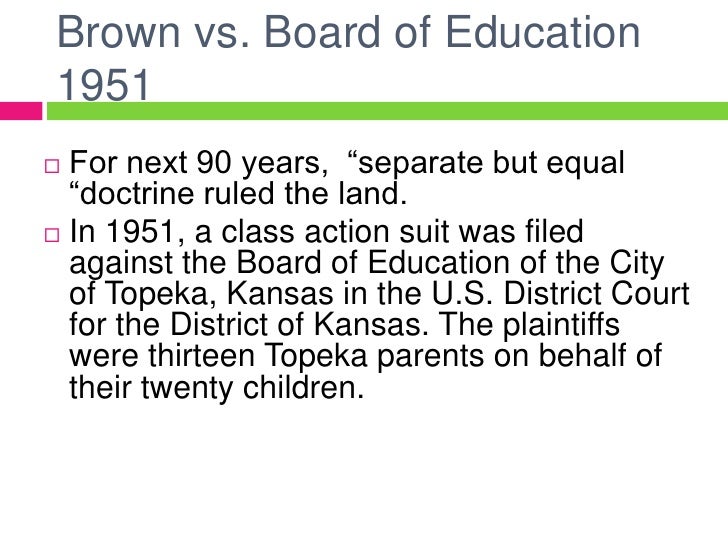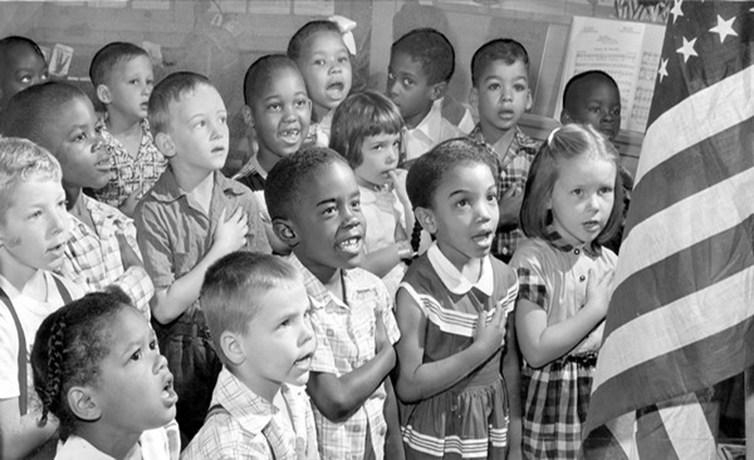


At that time, Linda Brown, a Topeka schoolgirl, was barred from attending her neighborhood school, and she was forced to travel by bus to another neighborhood to attend the more poorly-resourced Monroe Elementary School.

Topeka segregated elementary schools through the 1950s. In 1877, however, at the start of the “Exodus” movement of African Americans moving to the Great Plains, the law was changed giving cities the authority to racially segregate elementary schools. Kansas law provided for integrated schools following the Civil War. Missouri, the only Midwest state in which slavery had been legal, several counties refused to integrate their schools until the 1970s. Will writes, Sixty-five years ago this week, the U.S. Ohio, the first midwestern state to enter the Union, outlawed segregation in 1887. Madeline Will of Education Week has a fascinating story about the dismissal and resignation of black educators after the U.S. Iowa was the very first state in America to rule school segregation unconstitutional, under the state Supreme Court’s 1869 decision, Clark v. In the 1800s, the Midwest states had no common pattern regarding school integration.


 0 kommentar(er)
0 kommentar(er)
